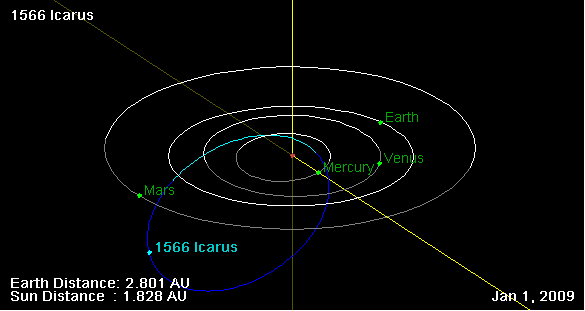
This week @shaka offered the LMAC community a photo with a mythological theme: The flight of Icarus.

Armed Three Master with Daedalus and Icarus in the Sky

Author: Frans Huys after Pieter Bruegel the Elder. 1565. From the Rosenwald Collection at the National Gallery of Art. Public domain
Icarus is one of the most well-known figures from Greek mythology. He captures especially the imagination of children. I know he captured mine when I was a child. He represents the folly of over-reaching, and the folly of youth.
Icarus drowned in the sea because he did not follow instructions. His father, Daedalus, had crafted two pairs of wings, one pair for each of them. The wings were fashioned from feathers and wax and were designed to carry the men across the sea. However, Daedalus warned his son to be careful. If he flew too high, the wax on the wings would melt and Icarus would perish. If he flew too low, sea water would soak the feathers, and Icarus would perish.
The temptation was too much for Icarus. He soared too high, up near the sun, and the wax on his wings melted. He plummeted into the sea and was lost.

Daedalus and Icarus (Before the Flight)

The sculpture is by Antonio Canova (1757-1822). The picture is credited to Livioandronico2013 under a CC 4.0 license.
This sculpture captures the tragic quality of the Icarus myth-- the love of the father, the innocence of youth.

Tradition has it that the island of Icaria, in the Aegean Sea, is named after Icarus. And the Icarian Sea is likewise said to be name after the youth. Legend has it that this was the very sea into which Icarus fell.
Icarian Sea, off the Coast of Icaria

Photo credit: Cetonia, CC license 1.0,2.0,2.5,3.0

The poignancy of the Icarus myth has given the story a kind of immortality and we see signs of the youth around us. His name lives on.
Butterflies are named after him:
Polyommatus icarus (Common Blue Butterfly)

Image credit: Charles J. Sharp. CC 4.0 license

A lunar crater is named after him:
The Icarus Crater

Image credit: James Stuby, based on a NASA image. Public domain

Even an asteroid carries his name,the 1566 Icarus:
Orbit of the 1566 Icarus, as tracked on January 1, 2009

Image credit: NASA, public domain


My Collage
At first I didn't recognize the figures in @shaka's picture.
@shaka's Picture

Then I saw that he tagged his blog with Daedalus and Icarus.
My collage shows Apollo directing the orbit of the sun, a sea monster foreshadowing the watery death that awaits Icarus, and an eagle with a live snake in its mouth. This last omen was taken straight from the Illiad, where an eagle drops a snake at the feet of the Trojans as they are about to go to war. The Trojans "shuddered when they saw the writhing snake lying in the midst of them..." Additionally, it seems that an eagle (even without a snake) flying from the left rather than the right, is a bad omen. My eagle, therefore, flies from the left.
I think my collage may be more literal than artistic, but it was interesting and fun to make.


Sun:purepng.com

Chariot: Pixabay

Cliff: Pixabay

Horizon/Seascape: Pixabay
*The monster, eagle and snake came from Paint 3D
*GIF and accents accomplished with GIMP
*One of the many, many intermediate steps:


Thank you @shaka for once again giving me weekend entertainment. I have looked at some of the other collages in this week's array. Impressive. I recommend everyone who reads this blog head over there and look. It is a virtual collage gallery.


